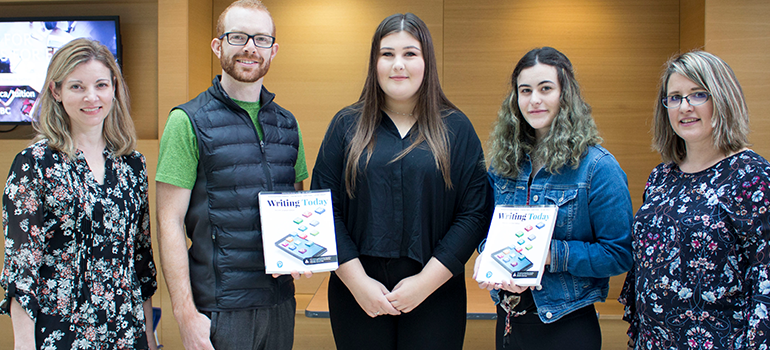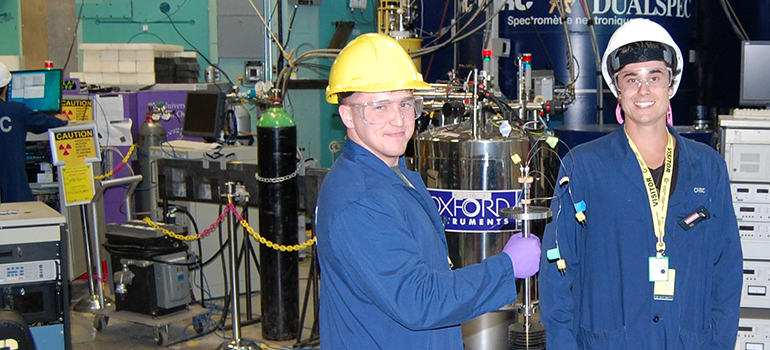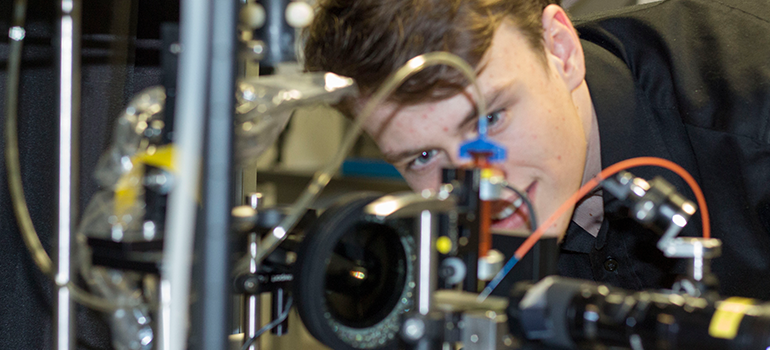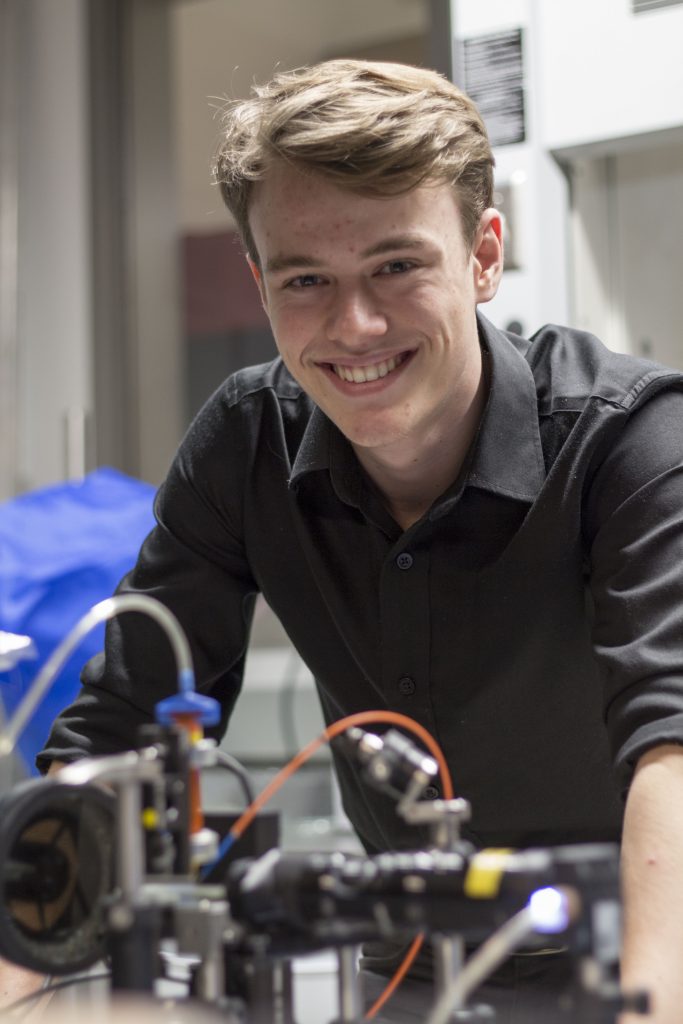The School of Engineering well-represented at the 2018 Provost’s Teaching Awards Reception in all categories.
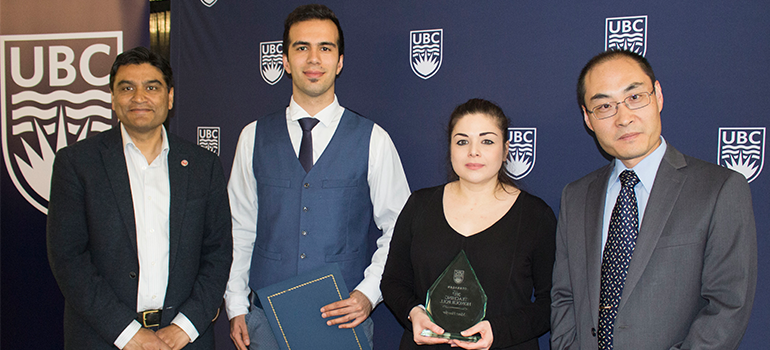
Rehan Sadiq congratulates Pouria Mehrabi, Mina Hoorfar and Yang Cao (Jonathan Holzman and Devin Walline were unable to attend)
Pouria Mehrabi and Devin Walline received the Provost’s Award for Teaching Assistants and Tutors. The award recognizes exceptional undergraduate and graduate student teaching assistants and tutors for their contributions to academic life at UBC’s Okanagan campus.
Mina Hoorfar and Jonathan Holzman were both recognized with Teaching Honour Roll Awards. The awards are based on student evaluations, recognizing the top 10 per cent of faculty members for their great work and inspiring their students.
Hoorfar was the 2017 recipient of the Engineers and Geoscientists of British Columbia President’s Teaching Award of Excellence while Holzman was the 2016 recipient of that award and was also recognized by Engineers Canada as their 2017 recipient of the Medal for Distinction in Engineering Education.
Yang Cao was awarded a Provost’s Teaching Excellence and Innovation Award acknowledging his teaching and innovation at UBC’s Okanagan campus. Cao’s willingness and enthusiasm for bringing new tools and technologies into the classroom were highlighted at the reception.
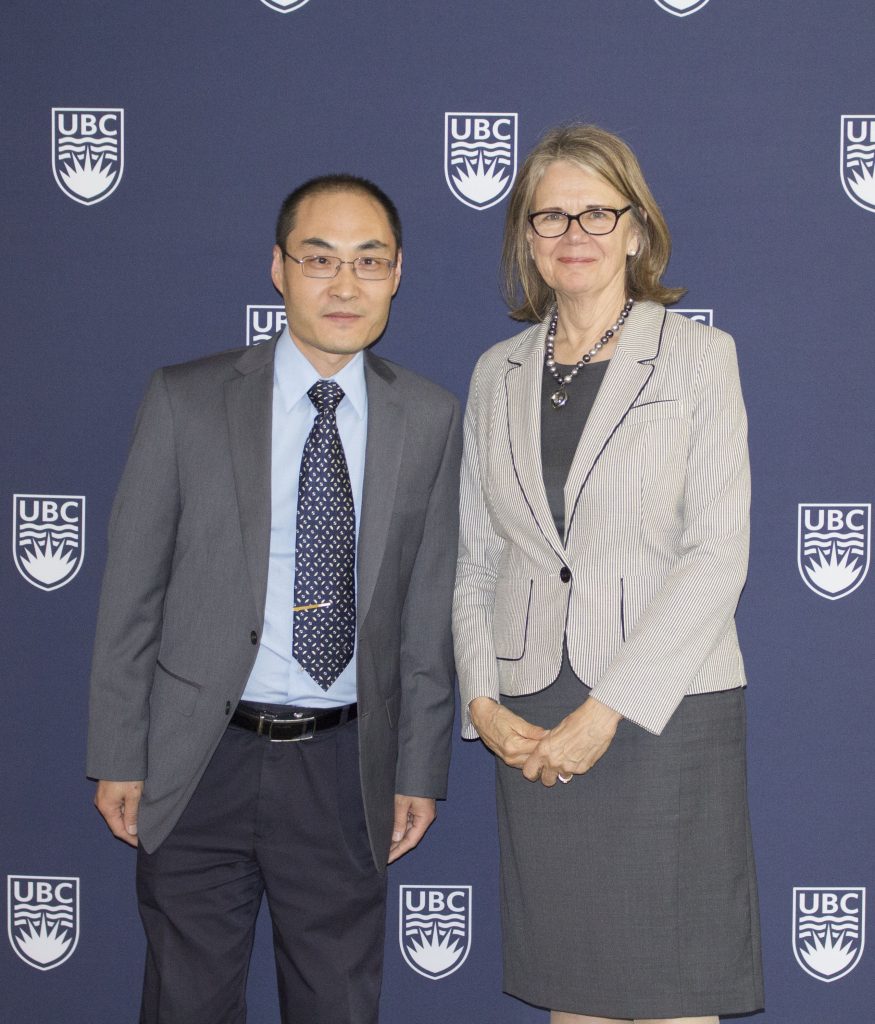
According to School of Engineering Associate Dean Rehan Sadiq, “it takes a special kind of educator to bring complex concepts and ideas to life in the minds of students, and Dr. Cao is such an educator.”
Cao will be officially recognized again at convocation on June 8.
For more information about the awards visit the Provost’s website and a full listing of winners can be found here.


